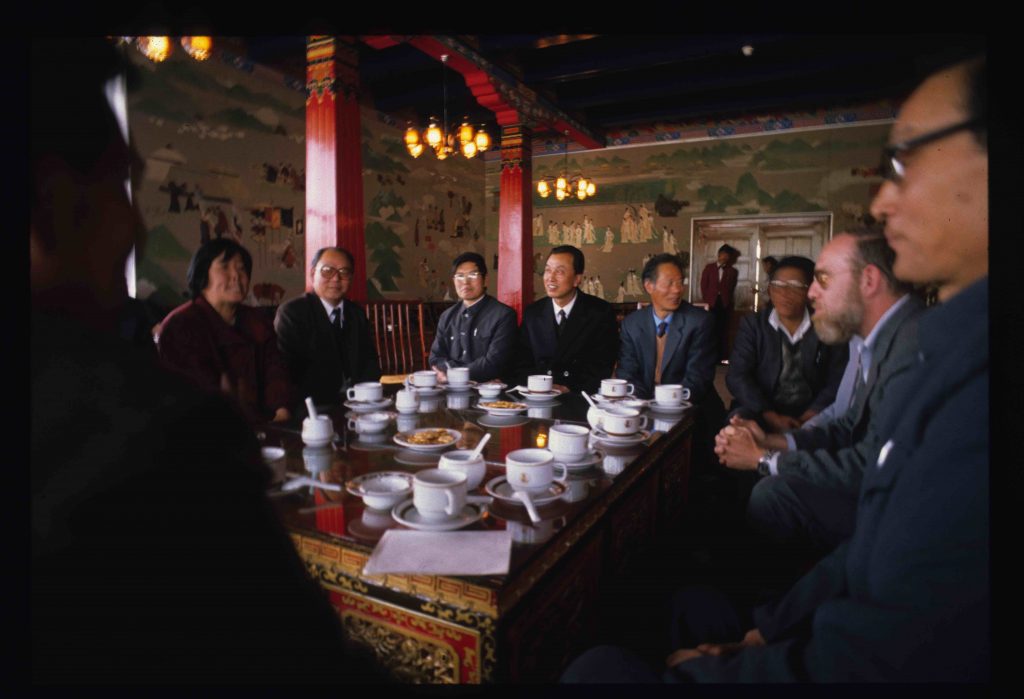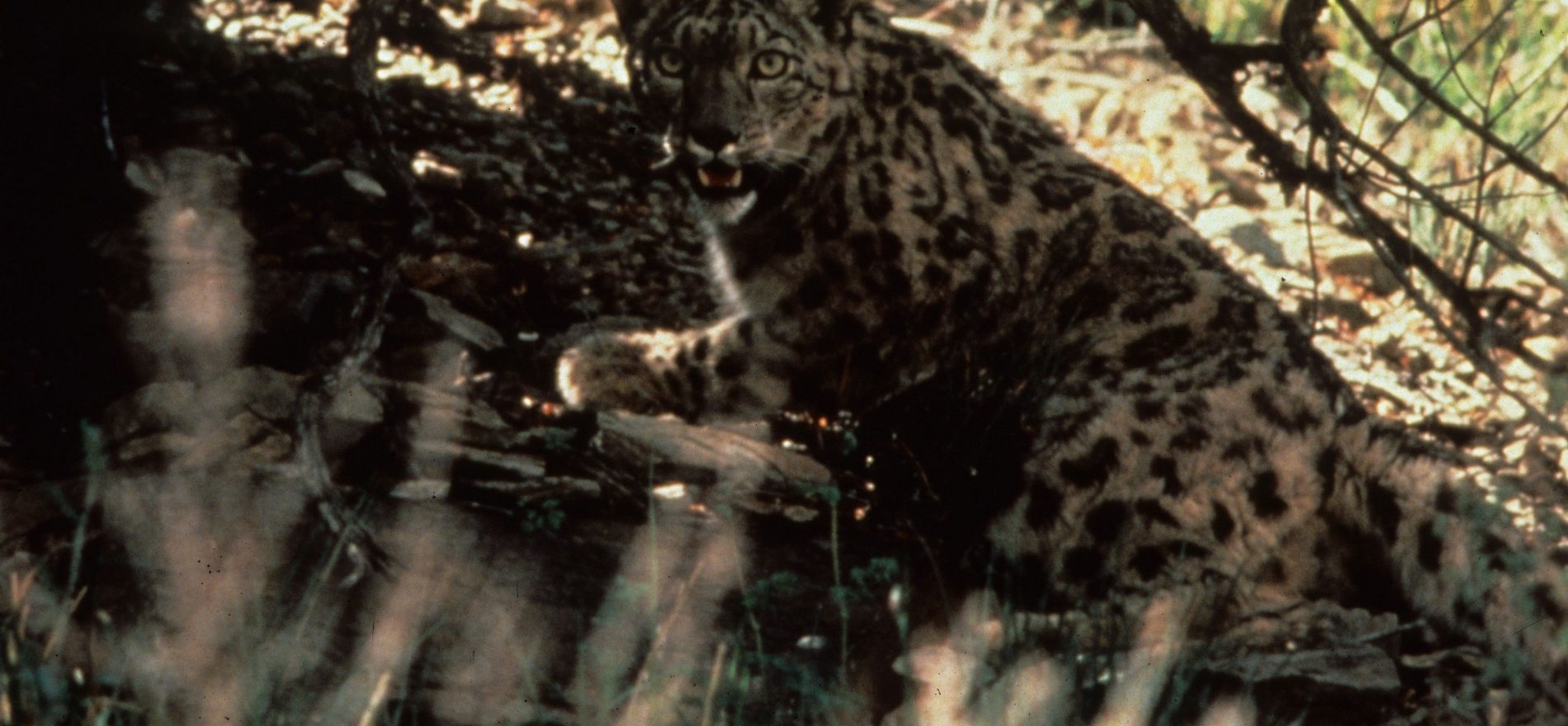This is part three of a six part series exploring Future Generations University’s global policy impact. For an overview of the series, click here.
In the previous case study, we explored how the Tibet Autonomous Region was struggling to balance development and conservation in the 1980s. At the same time, wildlife species were declining rapidly despite international treaties. Today, there have been dramatic increases in populations of all wildlife, including snow leopards, musk deer, Tibetan antelope, and wild yaks.
Research Question: How to protect endangered species in close contact with people when international wildlife regulations have proven impossible to enforce?
Area of Focus: Wildlife protection across isolated China’s Tibet Autonomous Region.
Policy Result: Research led to a Tibet-wide ban on the sale of endangered animal body parts.
Work Started: 1996

In the 1980s, China’s Tibet Autonomous Region was experiencing declines in all its wildlife species. People killed non-endangered animals for meat and to protect their fields, while commercial poaching killed endangered animals including snow leopards, musk deer, black bear, Tibetan antelope, wild yaks, and black-necked cranes, for national and international markets.
Future Generations had built partnerships with local communities and informed new policy to advance environmental protection. The imposition of international norms on protecting endangered species, however, would undermine community participation.
The team faced a challenge: how to stop the killing of endangered animals across Tibet—both in the new nature preserves and the areas that lacked a conservation policy—in concert with local needs and values?
Again, the starting point was anthropology. Research revealed that few people were engaged in buying or selling endangered animals and were benefiting financially; the majority, rather, were protecting their farming and livestock activities. So, the team advised the People’s Congress of the Tibet Autonomous Region to shift focus: while international treaties outlaw the killing of animals, the proposed regulations would instead target the act of selling.

In this way, villagers could kill snow leopards attacking their sheep or wild yaks invading their fields. But they could not turn this for their economic gain. Today the data is irrefutable. In 2018, the snow leopard moved from the endangered species to rare; similarly populations of musk deer, Tibetan antelopes, black bear, and wild yaks have dramatically improved.

